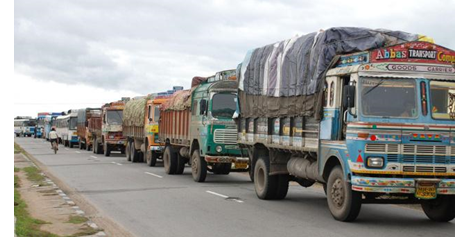The researchers have constructed a dataset that contains rich micro-level data broken down by districts in India, and their initial findings show that there is a wide dispersion of plant size distributions across Indian districts. They also find preliminary evidence that suggests that transportation costs play a role in this dispersion. Their working hypothesis for explaining the role of transportation costs in productivity dispersion is as follows:
- In the presence of high transportation costs, the most productive firms do not find it worthwhile to supply their production in remote areas;
- This provides monopoly power to less productive entrepreneurs, allowing them to operate and supply goods locally;
- There are welfare losses due to the fact that the most productive firm is not serving all markets, and the level and dispersion of markups due to market power.
The authors will first use a differences-in-differences methodology to present direct evidence about the relationships emphasized in this hypothesis. Second, they will construct a model that provides a high number of insights about the mechanisms driving these relationships. Third, they will calibrate the model in order to run policy counterfactuals. The model will allow them to study the general equilibrium effects of the policy.








